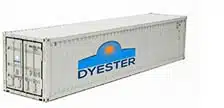2025 Top Container Unit Homes Trends for Modern Living Solutions
As we advance further into the 21st century, the concept of "container unit homes" has emerged as a transformative solution to modern living. These innovative dwellings not only address the urgent need for affordable housing but also promote sustainable living practices. The integration of repurposed shipping containers into residential design is a trend that continues to captivate architects, builders, and homeowners alike.
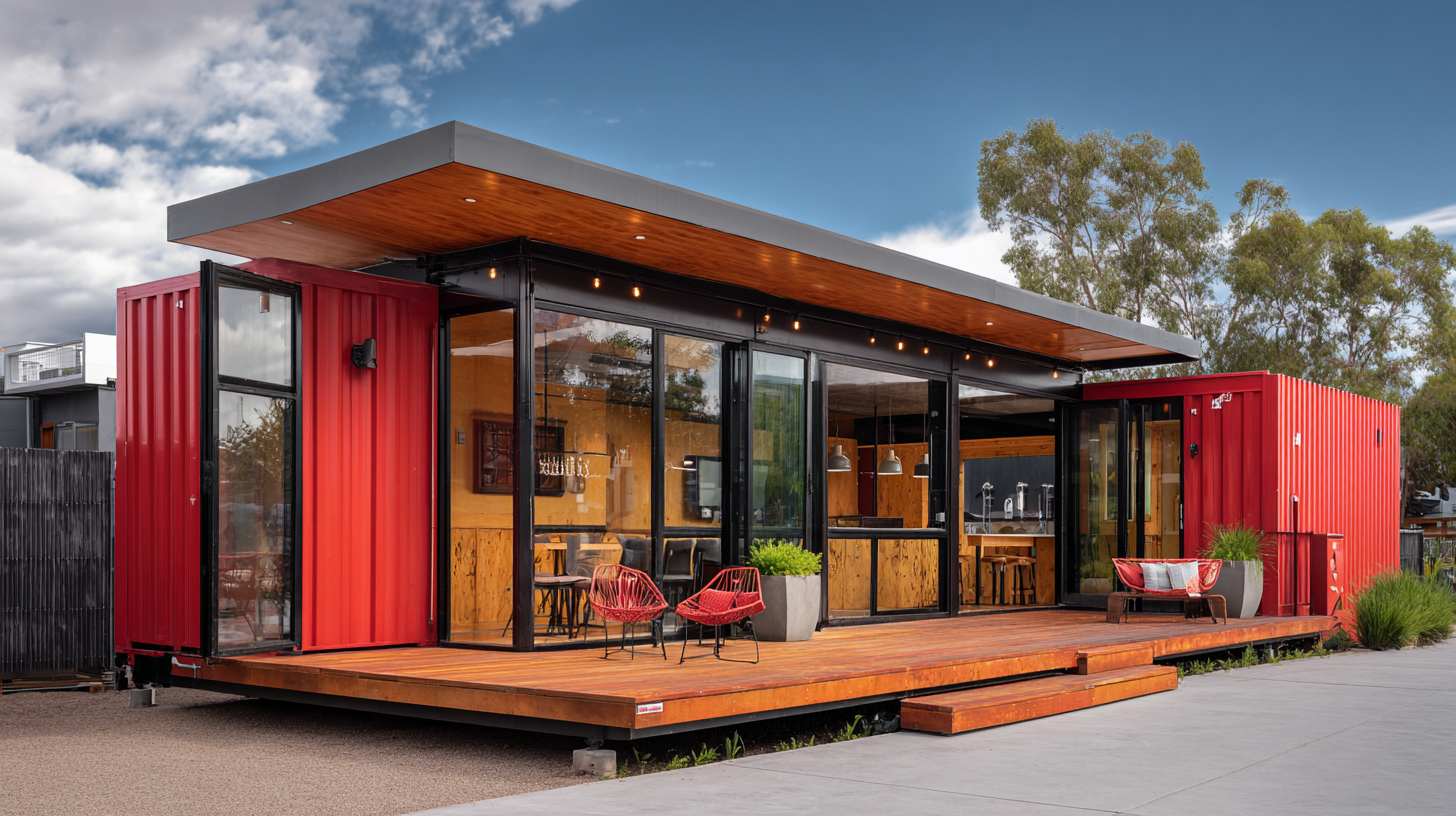 With their versatility and adaptability, container unit homes offer a fresh perspective on spatial efficiency and aesthetic appeal.
With their versatility and adaptability, container unit homes offer a fresh perspective on spatial efficiency and aesthetic appeal.
In 2025, we can expect to see cutting-edge trends in container unit homes that reflect a blend of functionality and style. From eco-friendly designs to smart technology integration, these homes are evolving to meet the diverse needs of contemporary lifestyles.
As we explore the latest trends, tips, and design innovations, it is crucial to recognize how container unit homes can provide not only practical solutions but also an opportunity for creativity and self-expression in residential living. This guide will delve into the top trends that are shaping the future of container unit homes, highlighting the ways in which they can transform our approach to modern living.
Innovative Container Home Designs: Key Trends Shaping 2025 Aesthetic Choices
As we approach 2025, the aesthetics of container homes continue to evolve, driven by innovative designs that prioritize functionality and style. One prominent trend is the integration of sustainable materials, reflecting a growing awareness of environmental responsibility among modern homeowners. Designers are increasingly opting for reclaimed wood, eco-friendly insulation, and energy-efficient windows to enhance both the aesthetic appeal and sustainability of these structures.
Tips: When considering a container home, think about incorporating greenery into your design. Rooftop gardens or vertical plant walls not only improve air quality but also add vibrant color and life to your living space.
Another key trend is the adaptability of container homes. Modular designs are gaining popularity, allowing for easy expansions or alterations to fit the owner's lifestyle changes. This flexibility caters to a diverse range of needs, from creating the ultimate home office space to crafting a separate guest suite.
Tips: Embrace open floor plans to maximize space and natural light. Use multifunctional furniture that can be easily reconfigured, ensuring your container home remains both stylish and practical over time.
Sustainability Focus: How Container Homes Reduce Carbon Footprint and Waste
Container homes have emerged as a leading trend in sustainable living, offering innovative solutions to reduce carbon footprints and waste. By repurposing shipping containers, these homes minimize the need for traditional building materials, thus lowering energy consumption during the construction phase. Furthermore, container homes can be designed to incorporate renewable energy sources, such as solar panels, making them a more environmentally friendly option for modern living.
**Tips for a Sustainable Container Home:**
1. **Utilize Recycled Materials:** Incorporate recycled insulation and eco-friendly flooring to enhance energy efficiency.
2. **Embrace Passive Design:** Position your container home to maximize natural light and airflow, reducing the need for artificial heating and cooling.
3. **Incorporate Green Spaces:** Create a vertical garden or rooftop greenery to improve air quality and provide natural insulation.
The innovative nature of container homes not only contributes to a reduction in waste but also challenges conventional architectural designs. With their modular nature, these homes offer flexibility while maintaining a focus on sustainability, proving that modern living can be both stylish and environmentally conscious.
2025 Top Container Unit Homes Trends for Modern Living Solutions - Sustainability Focus: How Container Homes Reduce Carbon Footprint and Waste
| Trend | Description | Impact on Sustainability | Estimated Carbon Footprint Reduction (%) |
|---|---|---|---|
| Recycled Materials | Using reclaimed containers and other recycled materials for construction. | Reduces waste and promotes circular economy. | 30% |
| Energy Efficiency | Incorporation of solar panels and energy-efficient appliances. | Reduces energy consumption and reliance on non-renewable sources. | 40% |
| Smart Home Technology | Integration of IoT devices for monitoring and optimizing energy use. | Enhances efficiency and reduces wasteful energy usage. | 25% |
| Modular Design | Flexible layouts that can be adapted to different needs. | Promotes sustainable living and reduces unnecessary construction. | 20% |
| Green Roofs and Walls | Incorporating vegetation on roofs and building walls. | Improves air quality and biodiversity while enhancing insulation. | 15% |
Smart Technology Integration: Enhancing Container Home Living with IoT Solutions
The integration of smart technology into container unit homes is revolutionizing modern living solutions, making them not only more functional but also more sustainable. By incorporating Internet of Things (IoT) devices, residents can control various aspects of their home environment remotely. Smart thermostats optimize energy consumption, while automated lighting systems ensure that spaces are well-lit at all times, contributing to both comfort and efficiency. Additionally, sensors can monitor air quality and humidity, allowing for immediate adjustments that enhance indoor living conditions.
Furthermore, IoT solutions enhance security in container homes. Smart locking systems and surveillance cameras enable homeowners to monitor their property in real-time through their smartphones. This level of connectivity fosters a sense of safety and peace of mind, essential for modern living. Beyond security and comfort, smart technology also offers the potential for future adaptability; as needs evolve, new devices can easily be integrated into the existing network, ensuring that container homes remain relevant and efficient in an ever-changing world. This seamless amalgamation of technology and innovative living solutions positions container homes at the forefront of contemporary housing trends.
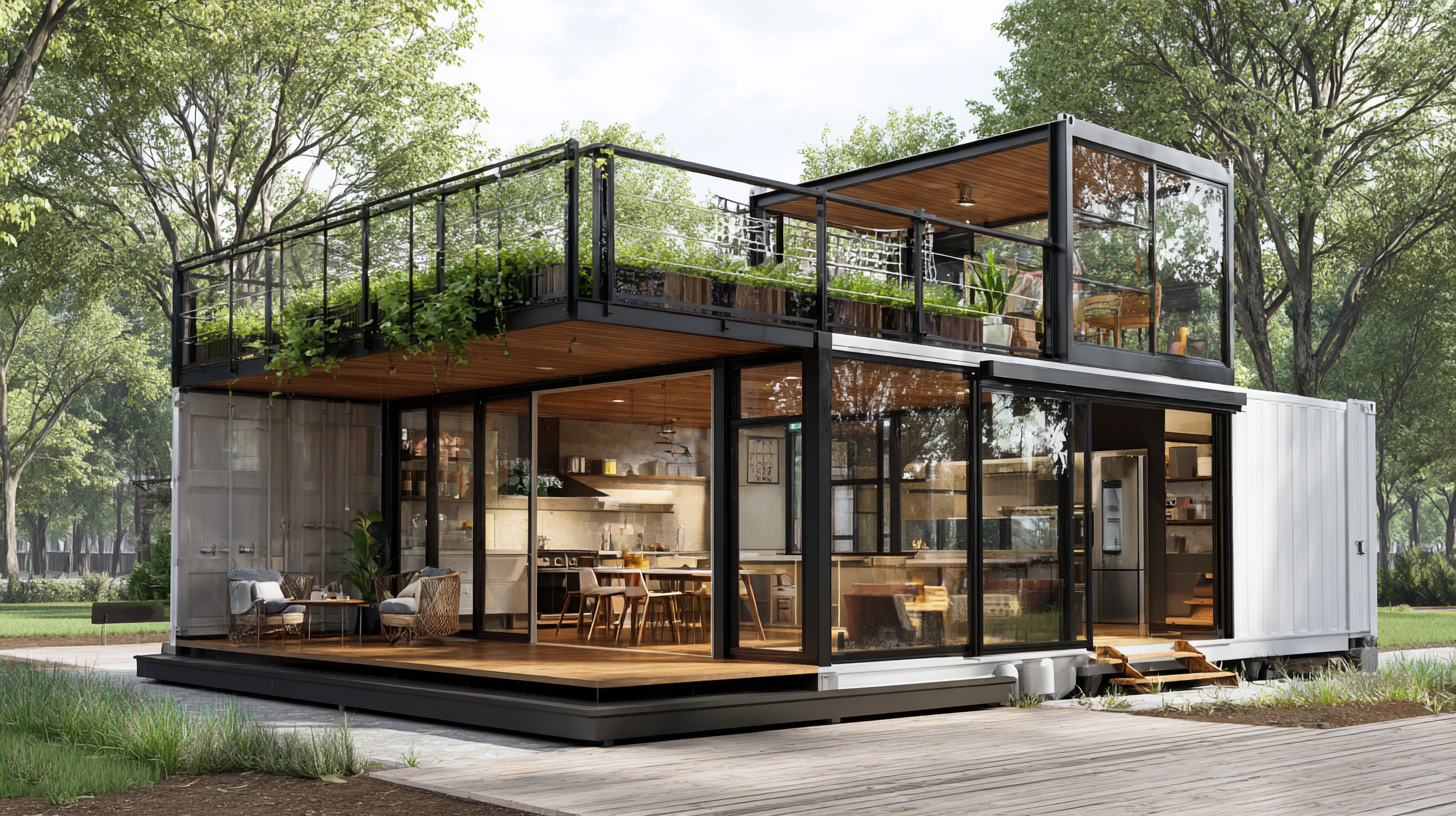
Cost-Effective Solutions: Analyzing the Financial Benefits of Container Living in 2025
The trends in container unit homes are rapidly evolving in 2025, reflecting a shift towards cost-effective living solutions. Container homes not only provide a sustainable housing option but also demonstrate significant financial benefits for potential homeowners. As traditional building costs continue to soar, the lower expenses associated with container construction are drawing more attention. With faster build times and the potential for higher returns on investment (ROI), it's no surprise that developers are increasingly turning towards this innovative solution.
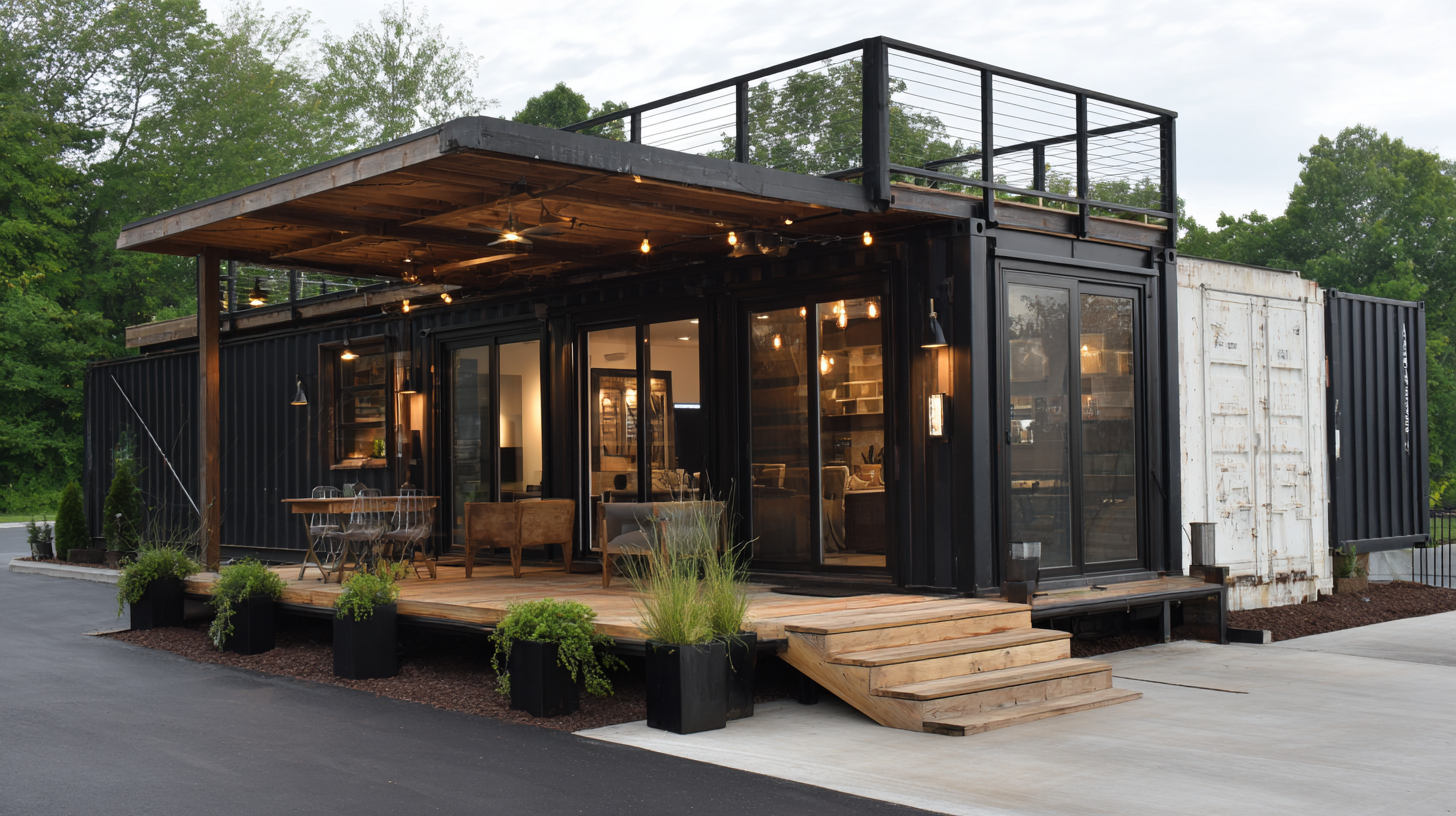
Tips for considering container living include evaluating local regulations, which can affect installation and modifications. Additionally, ensure to explore the long-term energy savings these homes can provide, as they often use sustainable materials and designs that lower utility costs. Lastly, think about customization options; many container homes offer unique designs that can be tailored to personal living needs while maintaining affordability.
Overall, container living stands out in 2025 as a viable solution to meet housing needs, especially in light of rising housing costs and the ongoing homelessness crisis. With their affordability and sustainability, container homes are poised to redefine modern living.
Community Living Concepts: The Rise of Container Housing Developments and Co-Housing Models
The rise of container housing developments and co-housing models represents a significant shift in modern living solutions. According to a recent report by Grand View Research, the global container housing market is expected to reach USD 73.11 billion by 2025, growing at a compound annual growth rate (CAGR) of 6.1%. This trend is fueled by the increasing demand for affordable housing, urbanization, and the need for sustainable living environments. Container homes offer a unique solution, as they are not only cost-effective but also scalable, allowing for the quick assembly of communities designed for shared living experiences.
Co-housing models are gaining traction, encouraging collaboration and a sense of community among residents. A survey conducted by the Cohousing Association of the United States indicates that over 160 co-housing communities exist across the country, with a growing interest among millennials and Gen Z looking for alternative living arrangements. These developments often emphasize shared resources and communal spaces, which can lead to reduced living costs and foster strong social connections. With the integration of container homes into co-housing projects, these contemporary models provide innovative solutions for those seeking modern, sustainable, and community-oriented lifestyles in urban settings.
2025 Trends in Container Unit Homes and Community Living
This chart illustrates the predicted trends in container unit homes for 2025, highlighting key areas of focus such as sustainability and affordability, crucial for modern living solutions.
Related Posts
-

The Rise of Sustainable Living Through Shipping Container Flats
-

Transforming Urban Living: Innovative Container Solutions for Modern Spaces
-

Transforming Urban Living: The Rise of Innovative Shipping Container Flats in Modern Architecture
-

Transforming Sustainability: The Rise of Innovative Cargo Container Houses in Modern Living
-

Transforming Sustainability: The Rise of Semi Container Homes in Eco-Friendly Living Trends
-
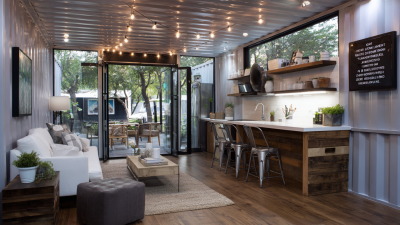
Transforming Tiny Spaces: How Containers Revolutionize Modern Living

